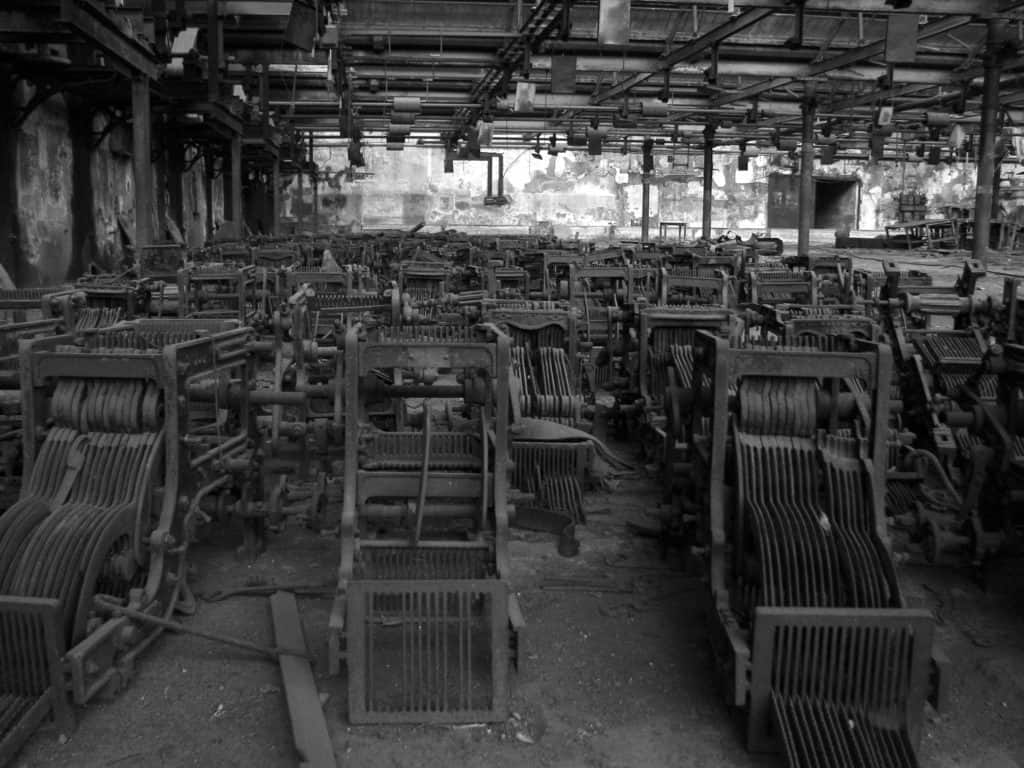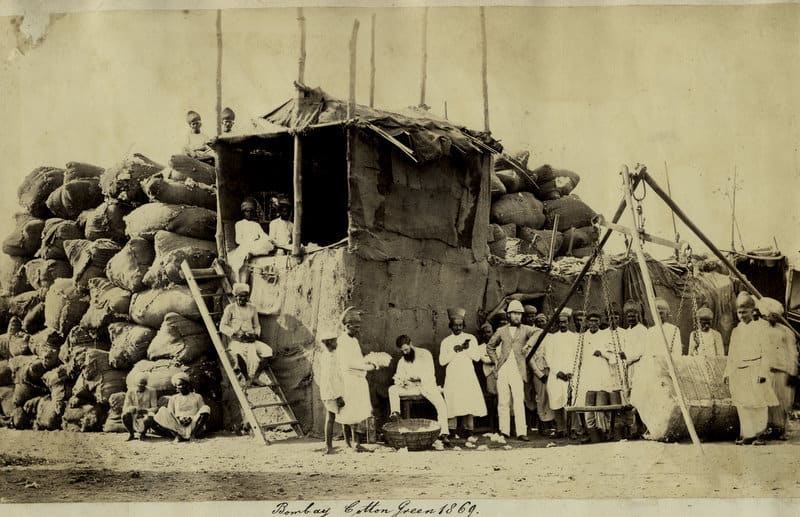Juned Shaikh’s Outcaste Bombay: City Making and the Politics of the Poor traces the history of Bombay, from the plague epidemic and rise of the textile mills to their dissolution. Assembled together from government archives, poetry, fiction, and translated Marxist literature, the book chronicles Dalit lives, identity, culture and politics in the city.
The book challenges the notion that Bombay is devoid of caste, and instead, reveals that it is the orchestrating force facilitating the city’s industries, landscape and culture.
Juned is an associate professor in the Department of History at the University of California, Santa Cruz. Below is an edited interview with him.
How did your book come about? Did you set out to write a history of caste, and why did you choose Bombay as the space to study?
As a journalist in Bombay 20 years ago, I was asked to report on the workers’ protest against the Phoenix Mills. My curiosity led me towards the textile mill strikes in the 1980s, when I realised the protestors were still dealing with the repercussions of their dissolution.
Then, as a masters student in the US, I focused on the importance of caste to the development of the textile mill industry and industrial capitalism in Bombay. Money was raised from kinship networks – that are determined and maintained by caste – to develop industries, and it was just as important for recruiting labour.
Your book begins at the onset of a spatial transformation in Bombay, after the bubonic plague of 1896, where there was a mass departure of people and then a sudden influx of migrants. How did Bombay change?
Cheap labour was the backbone of Bombay’s industrialisation, which necessitated an excess of underpaid and unemployed workers. And because they couldn’t afford rents, 20 of them would settle in a small 10-by-10ft room. Many – especially Dalits – couldn’t even afford that, so they either squatted on land or built shacks made of tin or leaves, called zavli sheds. They still had to pay rent, which was Rs 1-2 per month, compared to the Rs 3-7 per month rent for tenements.
The colonial government then blamed these settlements for the plague, citing congestion and lack of hygiene as reasons. This became a reason to force a change in the landscape. The Bombay Improvement Trust (BIT) was advised to clear localities of the urban poor and buy land for rehabilitation. By the 1940s, plans for Greater Bombay came into being, extending the city beyond Mahim, into Salsette Island. By the 1960s, there were plans for New Bombay.
All of this was supposed to relieve the pressure on Bombay, but inevitably, the population grew and so did the slums. The chawls built to replace them were inadequate, and surprisingly, mostly inhabited by the middle or lower middle classes, employed as clerks or police. In the 1950s-60s, some slums were demolished, but some were made permanent. If residents could prove they were populated by people living in them for 15-20 years, they could get land deals, through which they could get legal electricity connections and toilets.

How did the the slums and segregation influence Dalit culture and politics?
The political consciousness of many Dalits grew in slums, either through the leftist movement or the Ambedkarite movement in the 1920s. Marathi street theatre, called tamasha, influenced the Ambedkari jalsa which was aimed at raising political and social consciousness amongst lower-caste groups.
By the 1940s, a growing intellectual class among Dalits were thinking about producing a body of literature, and grappling with questions of form and content. Many Marathi icons that emerged, like Baburao Bagul, Annabhau Sathe and Namdeo Dhasal, grew up in slums. They actualised the idea of Dalit literature, which would draw from lived experiences in slums to nurture a revolution within literature and outside.
You write that Dalits and the urban poor united under class for workers’ movements, like in the textile mill strikes of the 1920s, 30s and 80s. What was the nature of this solidarity?
The first union of workers and the first caste-based association emerged simultaneously in the 1880s, pioneered by Narayan Meghaji Lokhande, the father of the trade union movement in India. The demands of lower-caste groups overlapped with the working class movement, and so, many participated in the textile industry strikes. But at other moments, there were tensions between the two movements. Ambedkar thought that the labour movement was trying to address the interest of only upper-caste workers, and not the Dalit workers.
How was caste treated among Indian Marxists?
Dalit leaders, like R B More, were attracted to Marxism through the speeches of labour leaders in the 1920s. More found work in Bombay during his teens but kept going back to his village in the Konkan to mobilise Dalits.
Other Dalit leaders too joined the communist movement hoping it would address caste, but the focus, ultimately, was only on class. The notion that drove this was that a successful class revolution would automatically abolish caste, completely denying it’s systemic nature.
I argue the opposite in my book, that capitalism and democracy, as we know from experience, are dependent on, and in fact strengthen, caste.
Read More: How street names in Bombay came to be
You write that caste and class both introduce themselves, or “become more comprehensible” through language. Can you elaborate?
Language is an important source of identity, but also a marker of class and caste. The Marathi of someone from Mumbai or Pune will be different from that of someone from Nagpur or Paratwada. While it differentiates people, it also brings them together, like in the movement for the creation of Maharashtra in the 1950s. Socialists, communists, right-wing leaders and Dalits were together in demanding a state for Marathi speakers.
Ambedkar was a little wary about this. He thought it would intensify upper-caste Maharashtrian dominance over Dalits. We have seen this with the increase in violence against Dalits in both urban and rural areas. Like with other solidarities, there are tensions and larger socio-political contexts that eventually reveal themselves.
What was the role of women within caste and class in Bombay?
Their struggle was multifold, because they were not affected just by class and caste, but also gender, and called attention to it within the Dalit and Marxist movements.
They protested when they were told not to be at the forefront of the Marxist movement and pointed out that most of the recognition and awards given to Dalit writers went to men. They then started their own literary association by the end of the 1970s.

Can you talk about caste within non-Hindu religions? Is it diluted in comparison to caste practised in Hinduism?
Caste is an important presence in many groups, even if non-Hindus don’t acknowledge it easily. Ambedkar himself said that caste has infected other religions too.
In Christians and Sikhs, you won’t find marriages between those who claim to be upper-caste converts and lower-caste converts. Within many Muslim groups, marriages happen along kinship lines. If you were to trace these, you would find that many poor Muslims converted to Islam after the 16th century, for instance, the Julahas or Momins, who were textile workers. Some older Muslim families, like Ashrafs, won’t marry within them. And that’s the working of caste. In the pogroms that have happened since the 1980s, many of those killed belonged to lower-caste Muslim communities.
Caste is a presence even in Pakistan, Bangladesh and Sri Lanka. Even if, in terms of rituals, everyone goes to a mosque or church and sits beside each other, they adhere to caste in important everyday life practices. While it doesn’t get diluted, I would say it changes shape in different contexts.
Is caste as prominent even today in Mumbai?
Absolutely. In schools, in fact, students from a young age are made conscious of their caste status which can lead to bullying. In many slums, there will either be flags of Republican parties, or statues of Ambedkar or Buddhist viharas. You just have to be attentive and you’ll find that caste is part of everyday life.
The state also strengthens caste. In its attempt to address untouchability, it chose affirmative action policies like reservations. This created a class of managers, intellectuals, public servants, etc, among lower-caste groups. But debates on whether reservations should include lower-castes among the other backward castes opened a Pandora’s box. The Maratha caste, which 100 years ago wanted to be recognised as Kshatriyas, demanded an OBC identification. Implementation of reservations for OBCs in the 1980s changed Indian politics, and is one of the reasons for the rise of the Bharatiya Janata Party (BJP) and the Hindu nationalist movement.
Ambedkar’s goal – the annihilation of caste – remains unfinished. Whether that is at all possible, remains debatable.